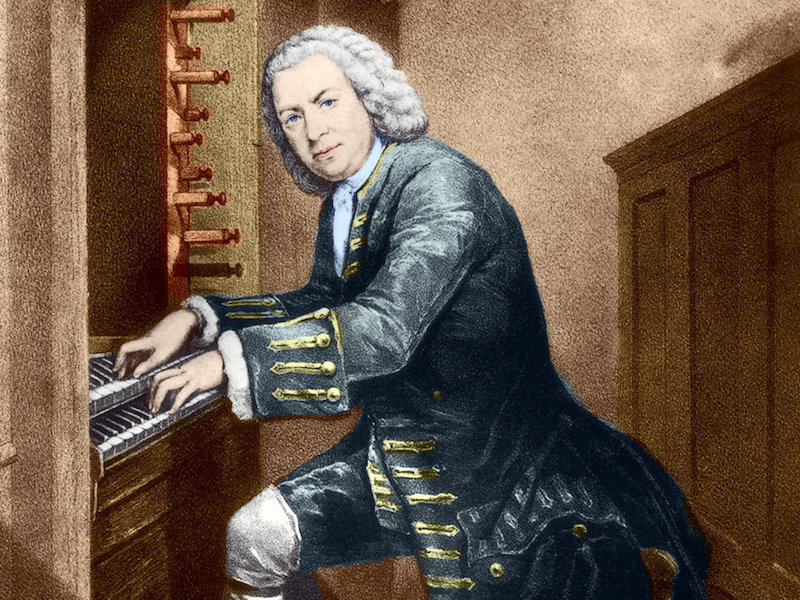By David Patrick Stearns
Inquirer Classical Music Critic
Contradictory as it sounds, conductor Helmuth Rilling’s all-Bach program Friday at the Kimmel Center with the Westminster Choir, Temple University Choir, and Chamber Orchestra of Philadelphia could prompt simultaneous extremes of disagreement and gratitude.
Among the dwindling exponents of old-guard Bach, Rilling conducted a program of cantatas and the popular Magnificat that confirmed the profound validity of his approach in Bach performance history. But it also showed why time had to march on. Of course, musicological doctrine is only as convincing as its practitioners. And at 76, Rilling’s conviction suggests your understanding of Bach is unconscionably narrow without him.
Rilling is a holdout from an era of big-chorus Bach, even though the forces he used were smaller than what was common 50 years ago.
By contrast, thanks to modern musicological revelations, the fashion in the last 10 years has been to use madrigal-size choruses.
As you would expect from hearing his 170 or so Bach CDs, Rilling had choruses of 40 to 50 singers for the cantatas and 100 for the Magnificat.
More apparent in concert was his distinctive rhythmic sense, which feels both pliant and etched in stone. It felt deliberate, but intensely so. Rilling was, after all, a Leonard Bernstein student, and has an inward smolder that gives a charge to Bach’s word settings – the core impetus for music dedicated to unambiguous religious truths.
This rhetorical intensity extended to vocal soloists: Tenor Nicholas Phan tried things beyond his vocal capabilities while contralto Kirsten Sollek’s elemental tone quality elevated all that she sang.
Cantatas BWV 29 (“We thank thee, oh Lord”) and BWV 146 (“We must through much tribulation enter the kingdom of God”) were alternately sung by the Temple University Choir and Westminster Choir. Both projected the music extremely well, but Westminster distinguished itself by alluringly mellow sound in individual sections akin to a Robert Shaw choir – only less-ethereal and with more spine. Both cantatas are full of ideas recycled in his more famous works, but they show Bach spinning out ideas in every possible permutation amid lots of incidental instrumental solos. Nearly everybody onstage was challenged; they all came through.
Choirs were combined for the Magnificat, which even by Bach standards has intricately interlocking vocal parts that are just about doable in a small chamber choir. Here, size equaled force of expression. The downside was large-choir imprecision.
But as I was reminded by delegates from the American Choral Directors Association conference held here last week: At least the maximum number of young singers got to work with this touchstone conductor. Even if the audience didn’t hear the intricacies, the choruses did.



